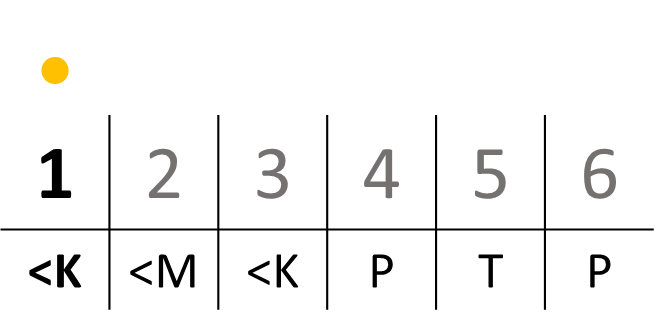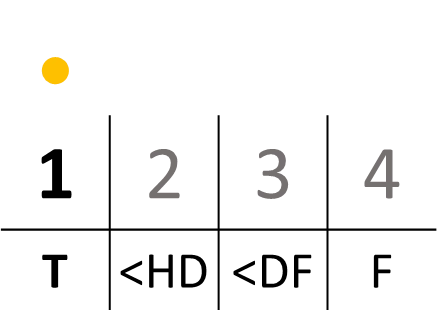How To Beatbox Fast (Easy method)

Alem, Zero, Kohey, Skiller - you probably know these beatboxers.
They are all known for their rapidity in beatbox, and rightly so.
Speed in beatbox is an art itself. It requires dexterity and precision to stay clean and powerful.
Let’s dive in the topic of fast beatbox:
What is beatboxing fast?
When I started Beatbox, I made a mistake which was to spam random sounds fastly.
I didn’t have any timing and rythmical skill, which made me perform random fast beats out of nowhere.
Beatboxing fast is when you are able to execute many sounds in one single beat in a given tempo.
First approach: time-subdivision
Take a basic 4/4 pattern (which means there are 4 beats in the pattern):

There’s a kick on beats 1 and 3.
And an Inward <K Snare on beats 2 and 4..
Perform it at 80 bpm.
At 80 bpm, this pattern has much free space in-between each beat (as a result, in-between each sound since all the sounds are played on the beat).
When you are beatboxing fast, you are performing sounds that are close in time.
From this beat, we will subdivide the time subdivisions to fill-up the available space. The most common time-subdivisions are:
The binary time-subdivisions
Quarter note beats (1 sound per beat like in the figure 1 & audio 1).
8th note beats (2 sounds per beat)
16th note beats (4 sounds per beat)
32th note beats (8 sounds per beat)
The ternary time-subdivisions
Triplets (3 sounds per beat)
Sextuplets (6 sounds per beat)
The different time-subdivisions with basic sounds

8th Note Basic Pattern (in under-line orange, the number of sounds per beat).
P: Kick
T: Hi-Hat

16th Note Basic Pattern.

32th Note Hi-hat Groove Pattern (I changed the T hi-hat by an humming-compatible one made by the tonge coming off the palate).
To be honest, this one is very hard to execute at this bpm and I had to edit the audio to make it perfectly on time. 😅

Basic Triplet Pattern

Sextuplet Basic Pattern
P: Kick
T: Hi-Hat
With all the different time-subdivions, you have the material to understand the rhythm and create your own fast patterns by replacing the sounds in-between the Kick (P) and Snare (<K).
5 Patterns To Beatbox Fast
The All-Purpose Sextuplet
The Basic Hi-hat Technique
The Ka-Meh-Ka-Poo-Too-Poo
The Top Notch Hi-hat Technique
32th Note Basics Pattern
Fast Pattern 1: The All-Purpose Sextuplet

The All-Purpose Sextuplet
P: Kick
T: Hi-Hat
PF: PF Snare
Fast Pattern 2: The Basic Hi-hat Technique

The Basic Hi-hat Technique
P: Kick
-t: Humming-compatible t Hi-hat
f: Humming-compatible f Hi-hat
PF: PF Snare
Fast Pattern 3: The Ka-Me-Ka-Poo-Too-Poo

The Ka-Meh-Ka-Poo-Too-Poo
P: Kick
T: Hi-Hat
Fast Pattern 4: The Top Notch Hi-hat Technique

The Top Notch Hi-hat Technique
You need to loop it as a 16th note beat to make it flow.
More about it in this video.

32th Note Basics Pattern
P: Kick
T: Hi-Hat
PF: PF Snare
Discover step by step how to beatbox fast
Want to go further?
